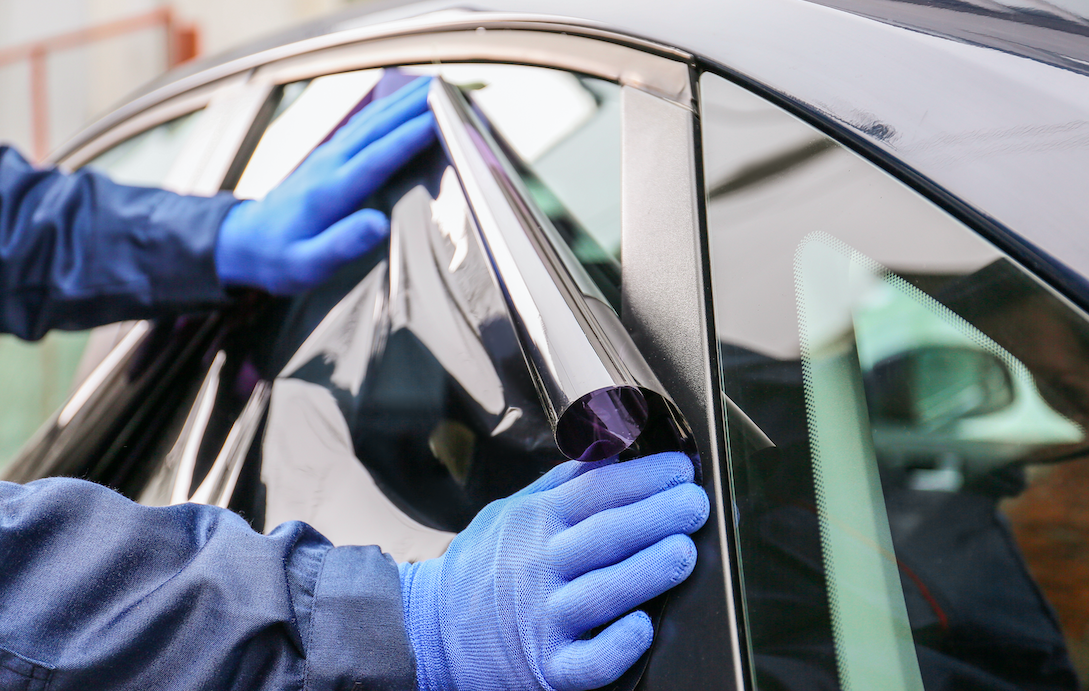Car Window Tinting: Dispelling Myths and Embracing Reality

Over the past few years, there has been a growing passion for the art of car window tinting among those who like to drive, and proponents of the craft claim that it goes beyond mere aesthetic enhancement and offers a variety of benefits that require further study. One of the prevailing misconceptions associated with this art is the belief that its sole purpose is to provide drivers with privacy. However, in practice, this is only one facet of the many advantages of this procedure. Indeed, tinting helps to create coziness in the cabin, preventing direct sunlight and protecting the interior from prying eyes. Moreover, many believe that it can protect against ultraviolet radiation.
The meaning of this element comes to the fore when choosing a toning procedure. This is because UV rays pose a threat to the well-being of both driver and passengers, potentially causing skin damage and gradual fading of the car's interior. Consequently, tinting acts as a protector, forming a protective shield against the adverse effects of UV radiation. However, despite the favorable factors, it becomes necessary to dispel some misconceptions associated with this process. An example of such a myth hints at the possibility that a tinted car may impair the driver's visibility. However, the latest advanced technologies make it possible to create translucent films that have minimal impact on the field of view.
By selecting the appropriate shade level, visibility is maintained at a high level, ensuring road safety. Another myth that needs to be dispelled is the idea that tinted windows can cause problems when inspecting vehicles. In fact, most countries have strict rules governing the amount of shade allowed. Following these rules and choosing legal films will ensure a smooth and successful vehicle inspection process. In addition, it is important to emphasize that window obscuration can significantly contribute to improving the energy efficiency of a vehicle. By limiting sunlight , glass elements play a role in maintaining a cooler interior atmosphere, reducing the need for air conditioning and in turn improving fuel efficiency.
This added benefit not only contributes to overall driving comfort, but also echoes the growing emphasis on sustainable and environmentally conscious driving habits. As the automotive sector continues to evolve, darkening, as a pragmatic approach that provides both visual appeal and energy conservation, is becoming increasingly relevant to today's discerning drivers. In conclusion, despite the many myths associated with car window tinting, the facts show that it is not just a stylish modification, but also a measure that improves driver and passenger comfort, promoting both safety and concern for the environment. Making an informed decision will help you avoid misunderstandings and get the maximum benefit from the procedure.
![]() Группа «Лесоповал» выпустила песню о семейных ценностях
Группа «Лесоповал» выпустила песню о семейных ценностях
![]() Максим Апрель презентовал новую песню «Майская роза»
Максим Апрель презентовал новую песню «Майская роза»
![]() Александр Маршал и Владимир Ждамиров представили дуэтную песню «Пацаны»
Александр Маршал и Владимир Ждамиров представили дуэтную песню «Пацаны»
![]() Денис Майданов порадовал поклонников новой лирической композицией
Денис Майданов порадовал поклонников новой лирической композицией
![]() Валерий Курас представил озорную песню «Сушнячок»
Валерий Курас представил озорную песню «Сушнячок»
![]() Танцевальные баттлы: от хореографии до искусства
Танцевальные баттлы: от хореографии до искусства
![]() Как заправить картридж и не "попасть" на деньги: советы от знатоков шансона
Как заправить картридж и не "попасть" на деньги: советы от знатоков шансона
